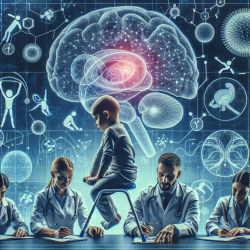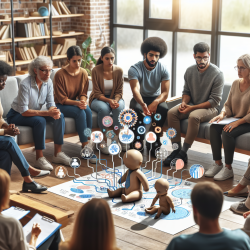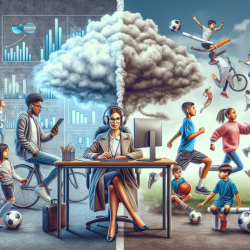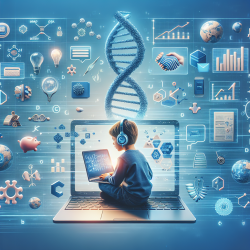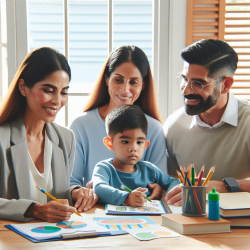As practitioners dedicated to creating great outcomes for children, understanding the neuromechanical interactions between limbs during human locomotion can provide us with valuable insights. The research article "Neuromechanical interactions between the limbs during human locomotion: an evolutionary perspective with translation to rehabilitation" by Zehr et al. (2016) offers a wealth of data that can be leveraged to enhance therapeutic strategies, especially in pediatric settings.
The study delves into the evolutionary aspects of interlimb coordination and how these insights can be applied to rehabilitation. Here are key takeaways and practical applications from the research:
Understanding Interlimb Coordination
The study highlights that during bipedal locomotion, humans use elements of quadrupedal neuronal limb control. This insight is crucial for understanding how arm and leg movements are interconnected and can be leveraged in therapeutic practices. By integrating arm activity into gait retraining, especially post-neurotrauma, we can potentially improve outcomes.
Practical Applications in Pediatric Therapy
- Incorporate Arm Movements: Encourage the use of arm movements during gait training sessions. This can help in re-establishing natural coordination patterns disrupted by neurotrauma.
- Use of Rhythmic Activities: Activities such as rhythmic arm cycling can modulate reflexes in the legs, which is particularly beneficial for children recovering from stroke or spinal cord injuries.
- Task-Specific Training: Employ integrated arm and leg activities like recumbent stepping or cycling to enhance neural coupling and motor function.
Encouraging Further Research
While the current findings are promising, continuous research is essential. Practitioners are encouraged to explore further how these neuromechanical interactions can be optimized in various therapeutic settings. Collaboration with researchers can lead to the development of more effective, evidence-based interventions.
In conclusion, the integration of neuromechanical insights into pediatric rehabilitation holds great potential. By leveraging these data-driven strategies, we can enhance the recovery and overall quality of life for children undergoing therapy.
To read the original research paper, please follow this link: Neuromechanical interactions between the limbs during human locomotion: an evolutionary perspective with translation to rehabilitation.
